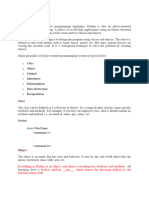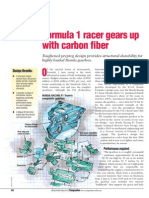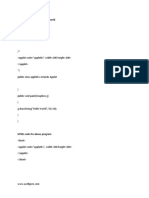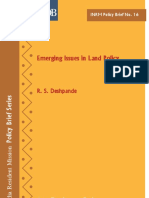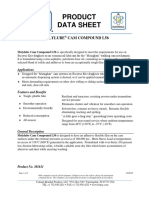0% found this document useful (0 votes)
6 views42 pagesModule 4 OOP
The document provides an overview of Python objects and object-oriented programming concepts, including classes, instances, methods, and inheritance. It emphasizes the importance of breaking problems into smaller parts and how objects encapsulate code and data, allowing for code reuse and organization. Additionally, it explains the lifecycle of objects, constructors, and the ability to create multiple instances of classes.
Uploaded by
Erdey SyoumCopyright
© © All Rights Reserved
We take content rights seriously. If you suspect this is your content, claim it here.
Available Formats
Download as PPTX, PDF, TXT or read online on Scribd
0% found this document useful (0 votes)
6 views42 pagesModule 4 OOP
The document provides an overview of Python objects and object-oriented programming concepts, including classes, instances, methods, and inheritance. It emphasizes the importance of breaking problems into smaller parts and how objects encapsulate code and data, allowing for code reuse and organization. Additionally, it explains the lifecycle of objects, constructors, and the ability to create multiple instances of classes.
Uploaded by
Erdey SyoumCopyright
© © All Rights Reserved
We take content rights seriously. If you suspect this is your content, claim it here.
Available Formats
Download as PPTX, PDF, TXT or read online on Scribd
/ 42









































